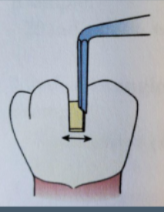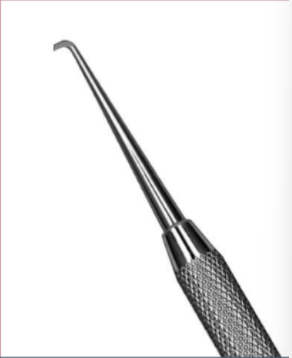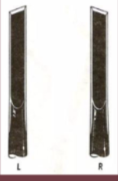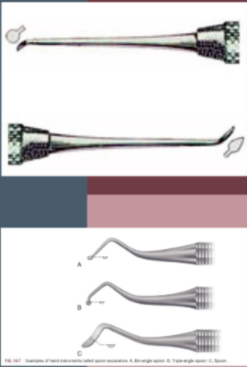Operative Instrumentation
1/27
Earn XP
Description and Tags
These flashcards cover key terms and concepts related to operative instrumentation in dentistry, focusing on handpieces, burs, and rotary instruments.
Name | Mastery | Learn | Test | Matching | Spaced |
|---|
No study sessions yet.
28 Terms
Operative Dentistry
The branch of dentistry that deals with the restoration of teeth and the treatment of dental caries.
Handpieces
Devices that hold dental burs and are used to perform various procedures in dentistry.
Rotary Instrument
An instrument that uses rotational motion to cut or shape a substance, commonly employed in dental procedures.
High Speed Handpiece
A type of handpiece that operates typically at speeds above 200,000 rpm, used for fast tooth reduction.
Bur
A rotating cutting tool used in dentistry to remove or shape hard tissue of the tooth.
Dental Burs
Tools that attach to handpieces and are used for cutting or polishing hard tissues.
Tungsten Carbide Burs
Durable dental burs that are harder than steel and provide a smoother finish at high speeds.
Diamond Burs
Burs bonded with diamond particles, used for grinding hard tissues like bone and enamel.
Speed Classification
The measurement of rotary instruments based on their operating speed, categorized as slow, intermediate, or high speed.
Cutting Recommendation
Guidelines for the optimal use of different types of burs and handpieces during dental procedures.
Mechanical Vibration
A phenomenon that can occur with extended use of dental instruments, potentially causing discomfort for patients.
Thermal Trauma
Damage to tooth pulp caused by excessive heat during dental procedures, often associated with rotary instruments.
Bur Design
The specific characteristics and features of a bur that determine its cutting efficiency and effectiveness.
Soft Tissue Precautions
Measures taken to protect soft tissues in the mouth during dental procedures, reducing the risk of injury.
instrument nomenclature
order suborder class subclass
cutting instruments
self limited in cutting, can remove large pieces, precise, no vibration or heat
basic elements of an instrument
handle/shaft, blade/nib, shank
why are instruments angulated
better control, force distribution, efficiency, and access
3 number system
width of blade in 1/10smm
length of blade in mm
angle of blade from shaft
4 number system
width of blade in 1/10smm
angle of cutting edge
length of blade
angle of blade to shaft
factors effecting control
large blade
minimum bends
cutting edge in direct axial alignment
excavators
sharpen prepared walls by removing decay
4 subtypes: hoes, hatchets, angle formers, spoons

hoe
excavator common in class 5 gold restorations
primary edge perpendicular to blade axis
used to develop internal form

hatchet
bi-beveled with cutting edge in same plane as long axis of handle
sharpens internal line angles ad prepare retentive walls

angle former
man angled excavator used to create an angle other than 90 degrees
refines internal angles creating retention
used with push motion
left side is for left angles, right side is for right angles.

spoon excavator
curved blades with smooth/claw edges to remove decay and debris from cavity preparations. They are designed for both excavating and shaping the cavity.
chisels
cutting enamel
straight or slightly curved
gingival marginal trimmers